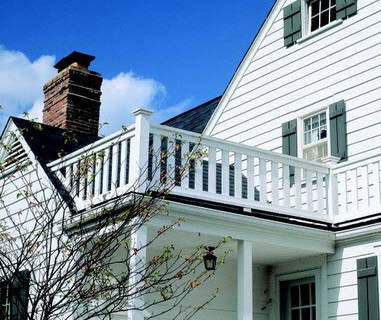It wasn’t long ago that any unexpected cold front could throw off a painting project. Most latex paints could only be applied at temperatures above 50 degrees. This had painting contractors and do it yourself-ers packing up the brushes and rollers until Spring came to avoid adverse effects with latex paint. Cold weather is notorious for causing problems like color development, delamination, and gloss variations with paint.
Luckily an assortment of cold weather products has been developed to allow you to battle the chill in the air when it comes to getting your projects done. Paints and primers made to withstand temperatures down to 35 degrees have drastically reduced the downtime and extended the application season for painters everywhere. Just because these products can withstand harsher temperatures doesn’t mean there aren’t still guidelines to follow. Here are a few tips to get the most out of painting in cold weather:
- Make sure that the air temperature and the surface you’re going to be painting are above 35 degrees. While early morning sun may make for higher air temperatures, the cooler temperatures from the previous night may have chilled the painting surface to a lower temperature. Start your painting later into the day when the sun has had time to warm the surface.
- Be aware of the dewpoint. In colder weather, air temperature and humidity meet to form moisture on surfaces. Moisture is a problem for paints, and in cold weather, this moisture can easily become frost, which is hard to see and can be very detrimental to your paint project.
- Plan your painting around the upcoming forecast. Temperatures must stay above 35 degrees for 2 days after painting, so keep the nighttime temperatures in mind and don’t paint on a day that is going to have an expected freeze that night.
- Store these products in a warm, protected environment to preserve their performance. Just because they are made for the cold does not mean they are immune to freezing, so store them inside a basement or attic, rather than something like a shed.
If drying time and air temperature is an issue for you, opt for paints and primers that offer fast drying times. Not up to tackling your cold weather painting project alone? Contact the experts of Highland Village painters.





